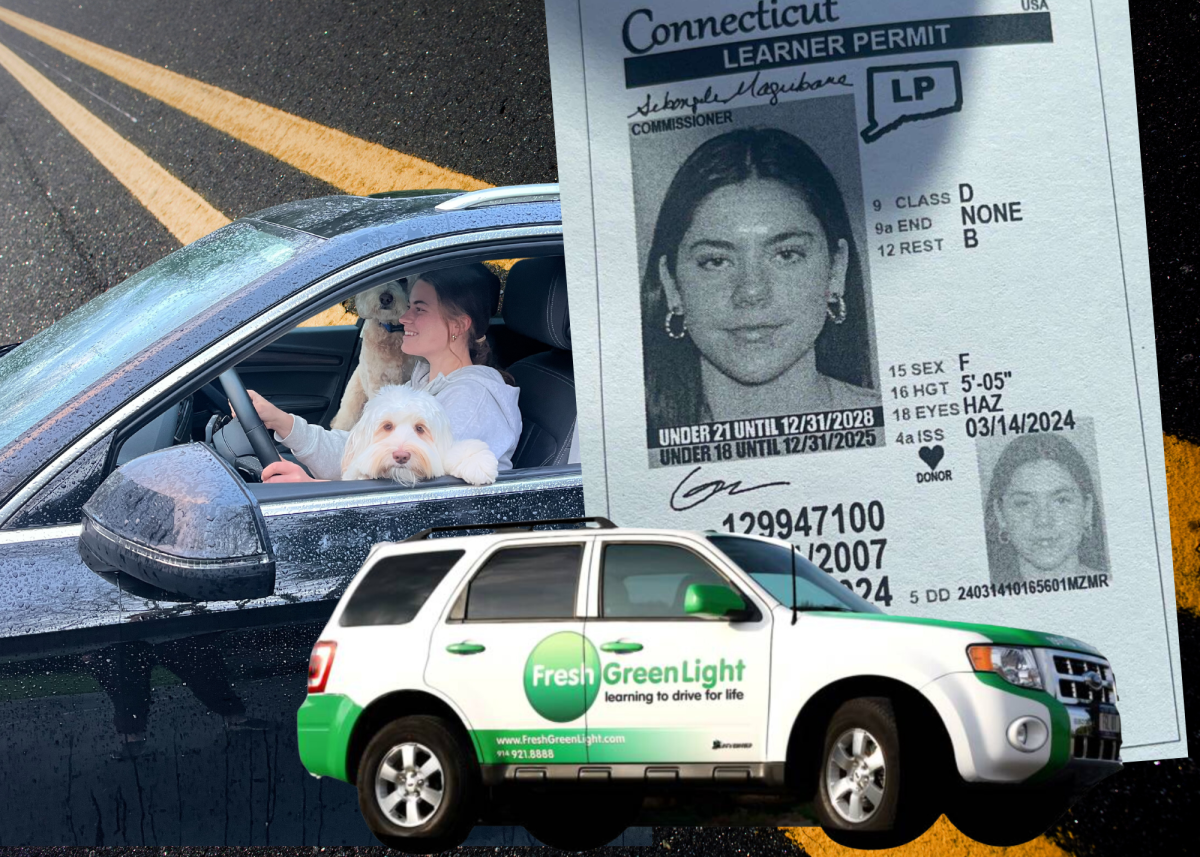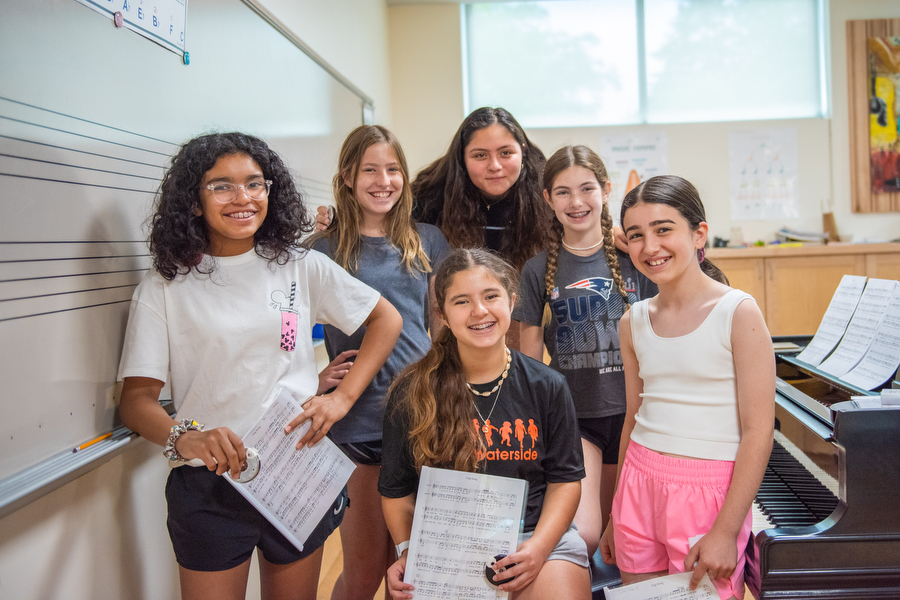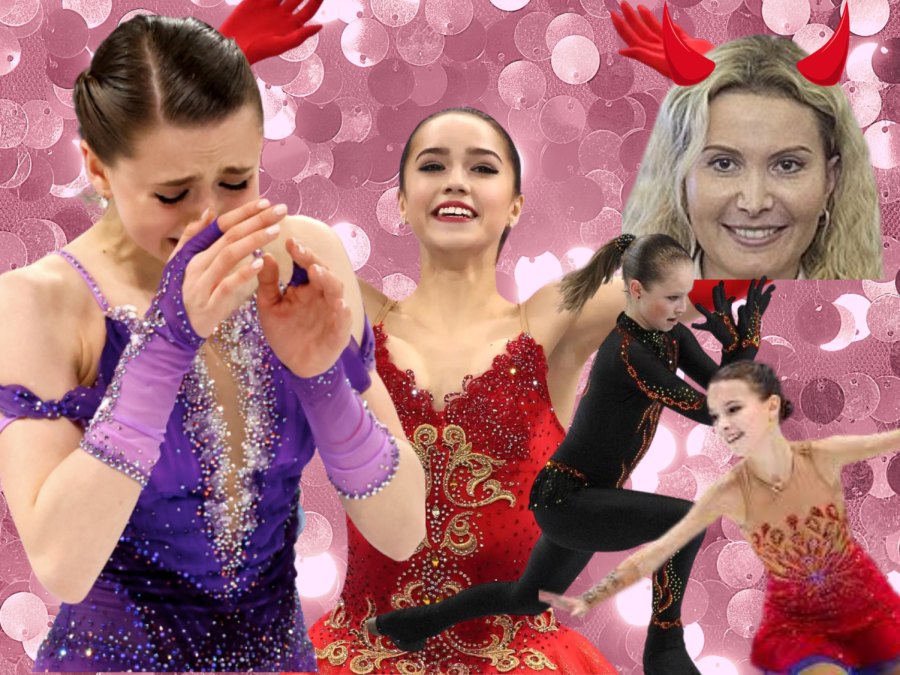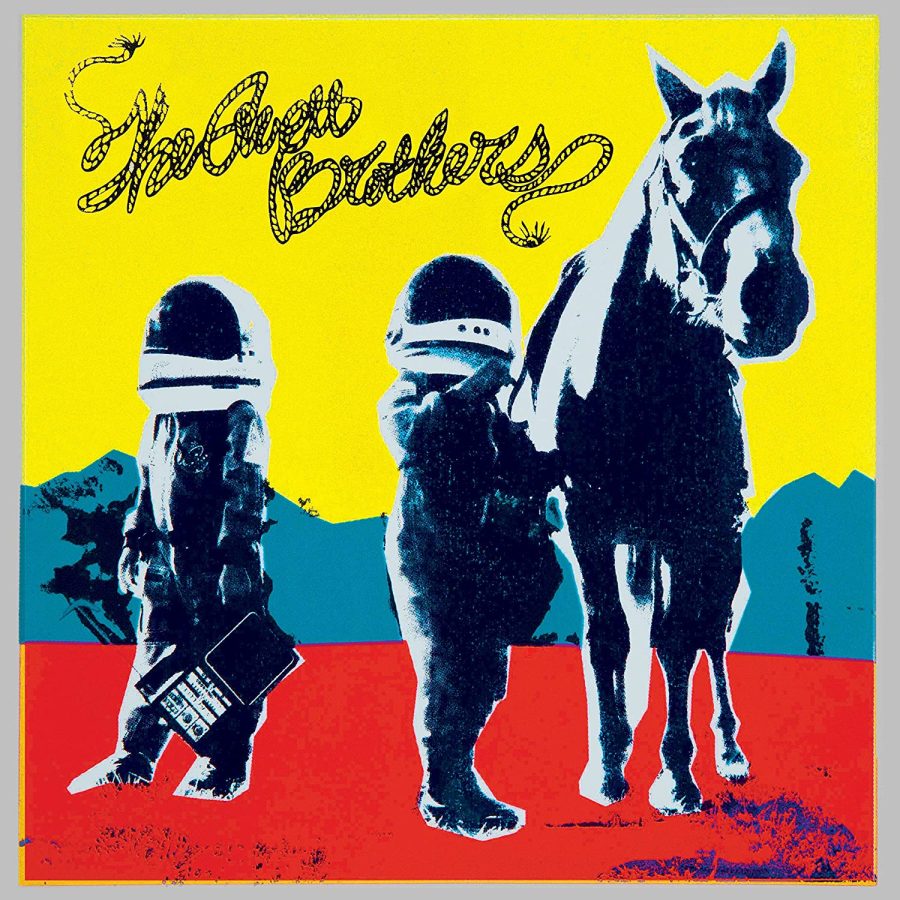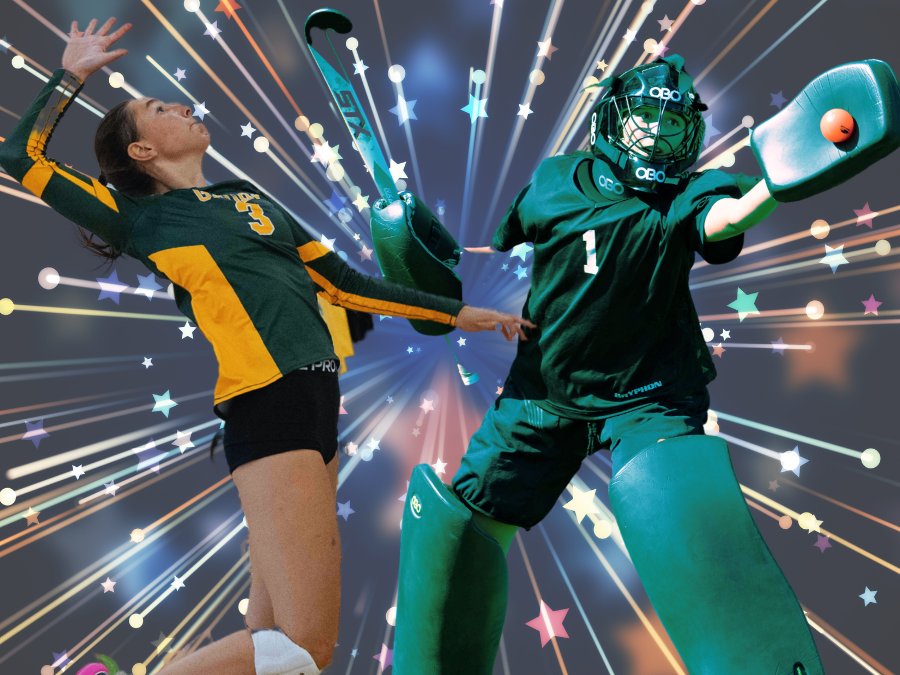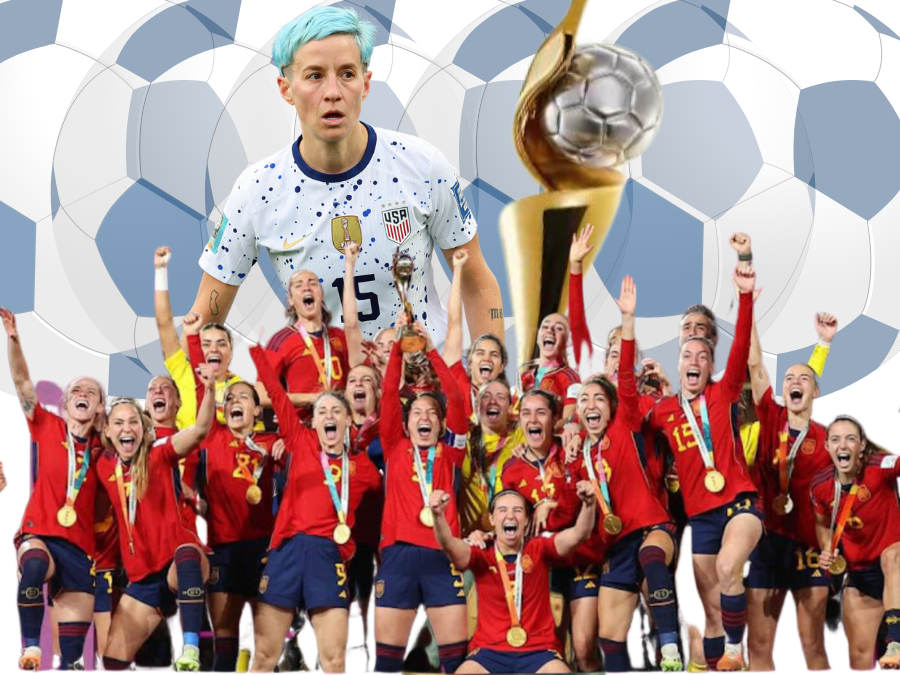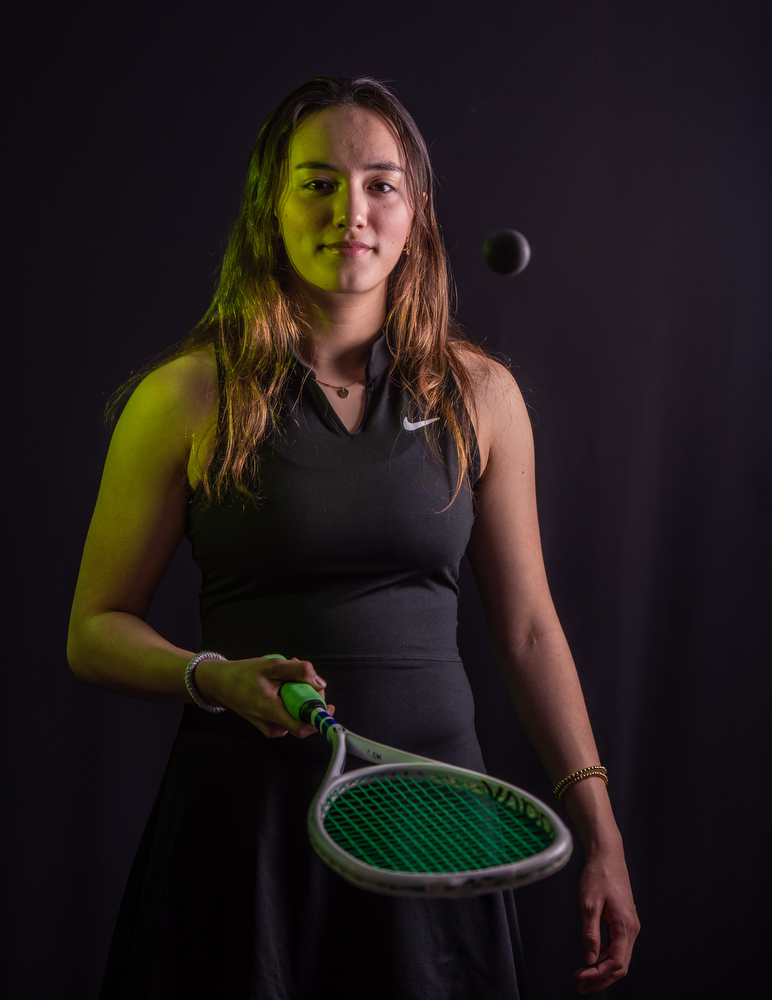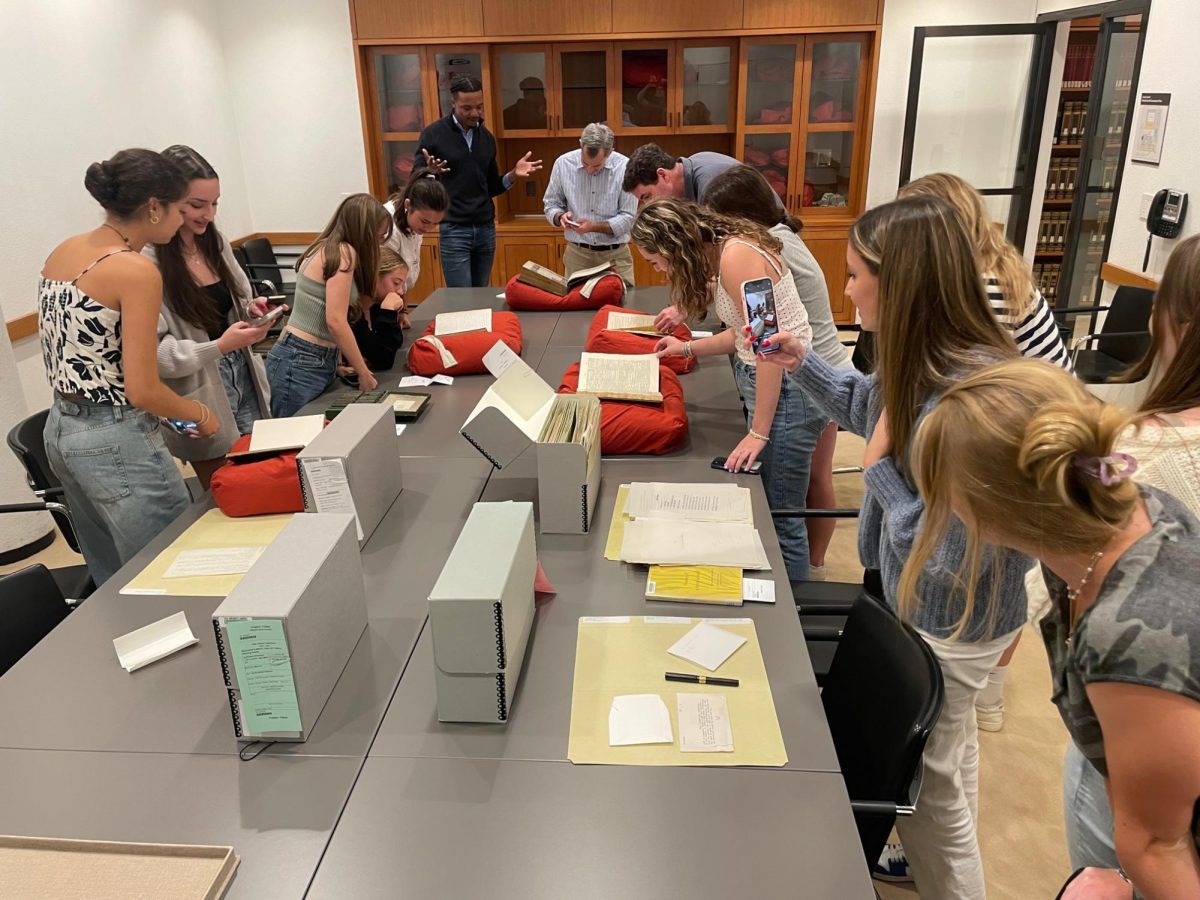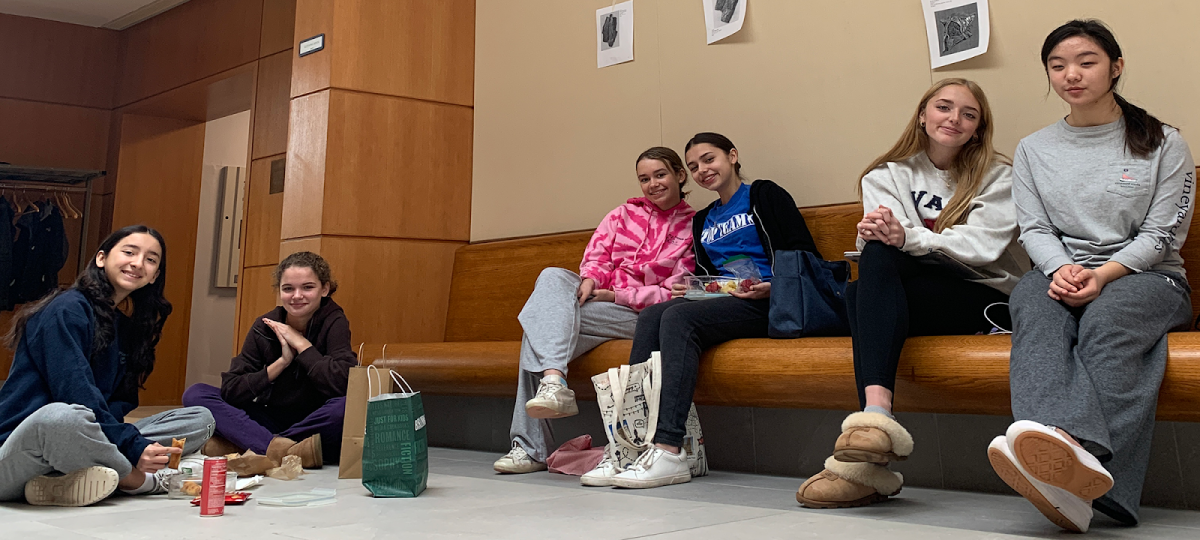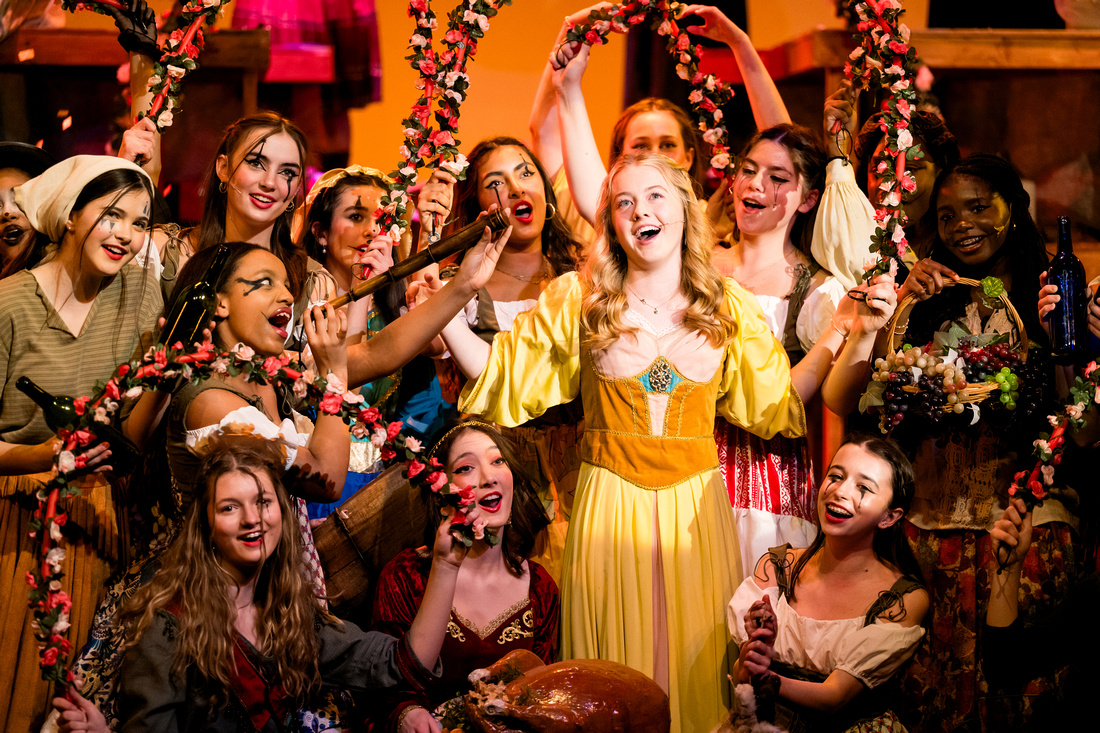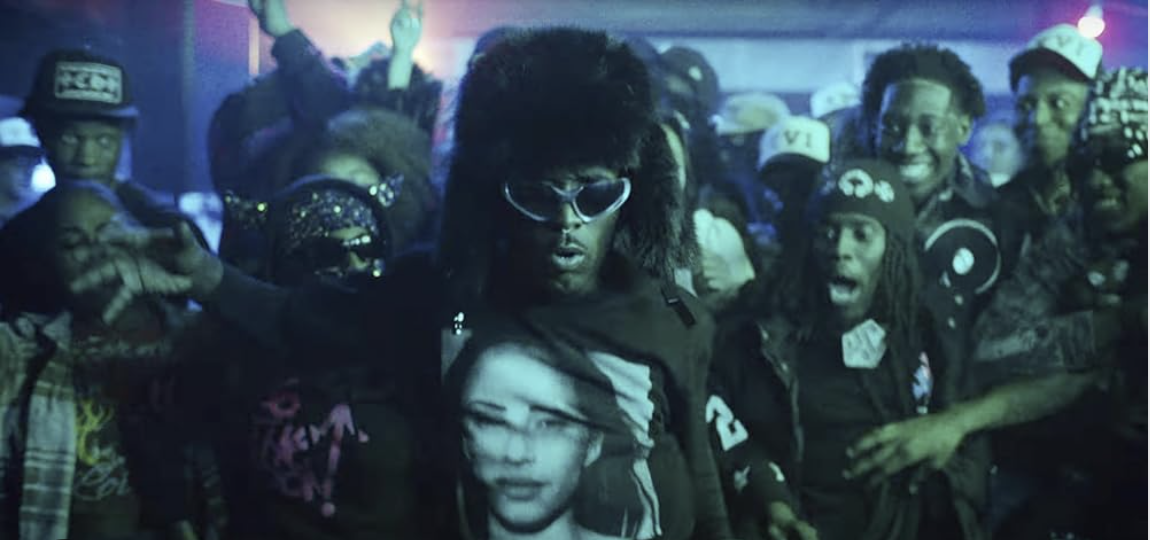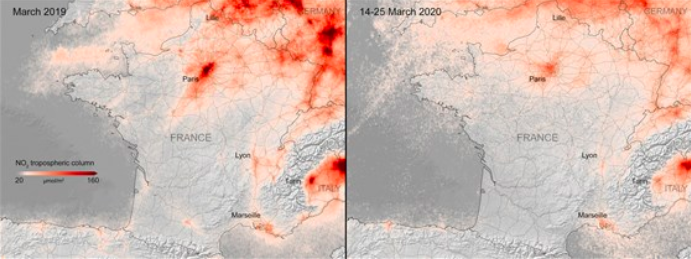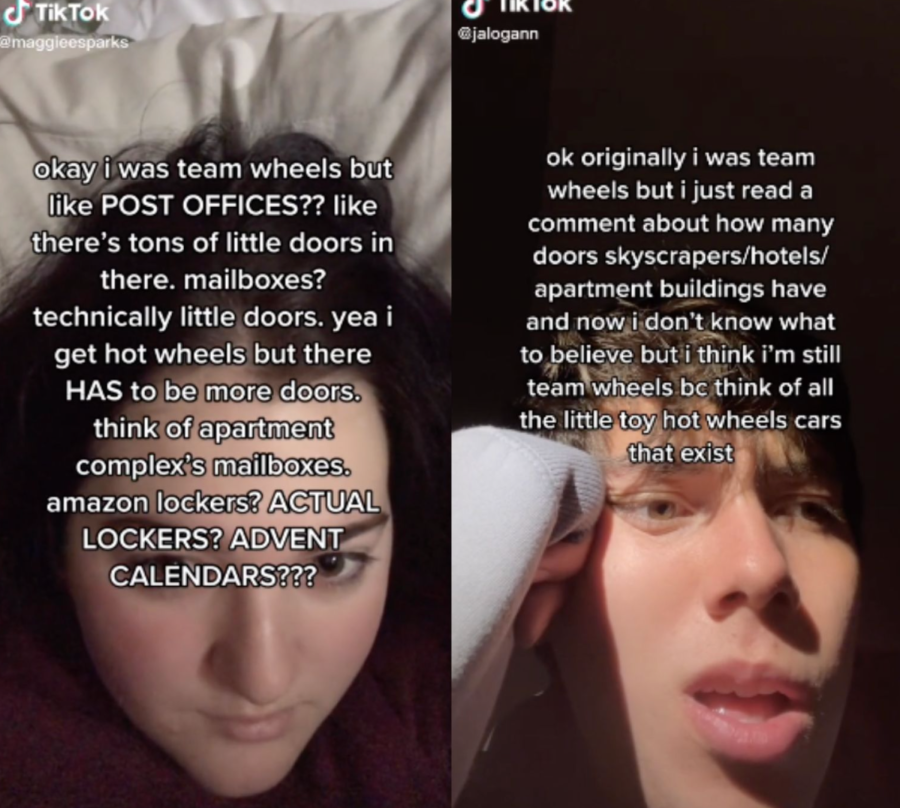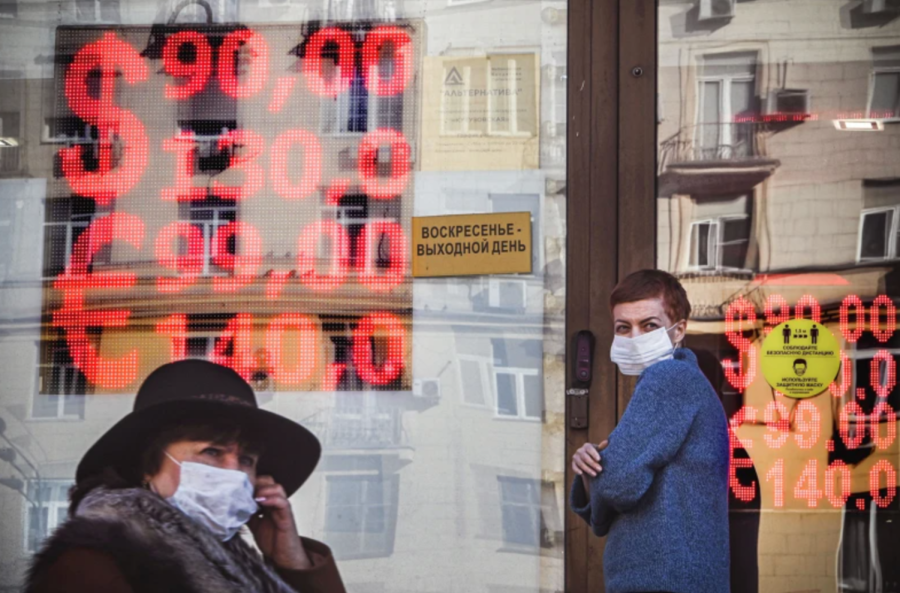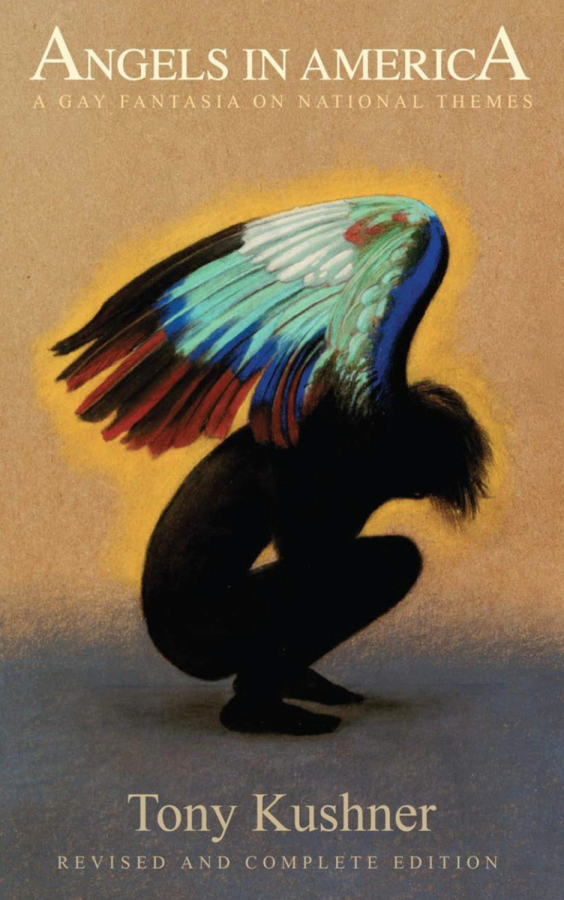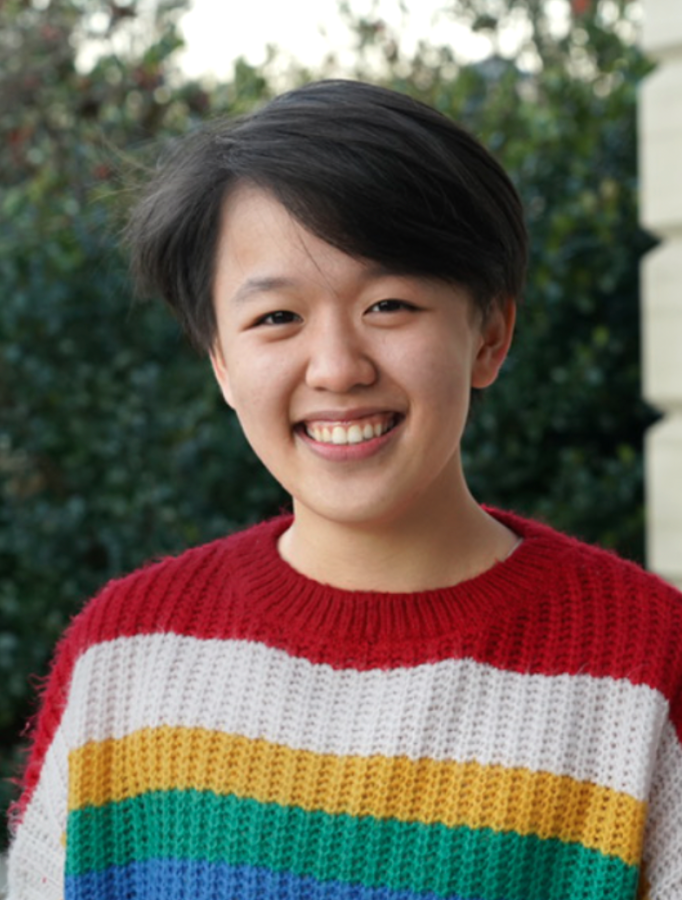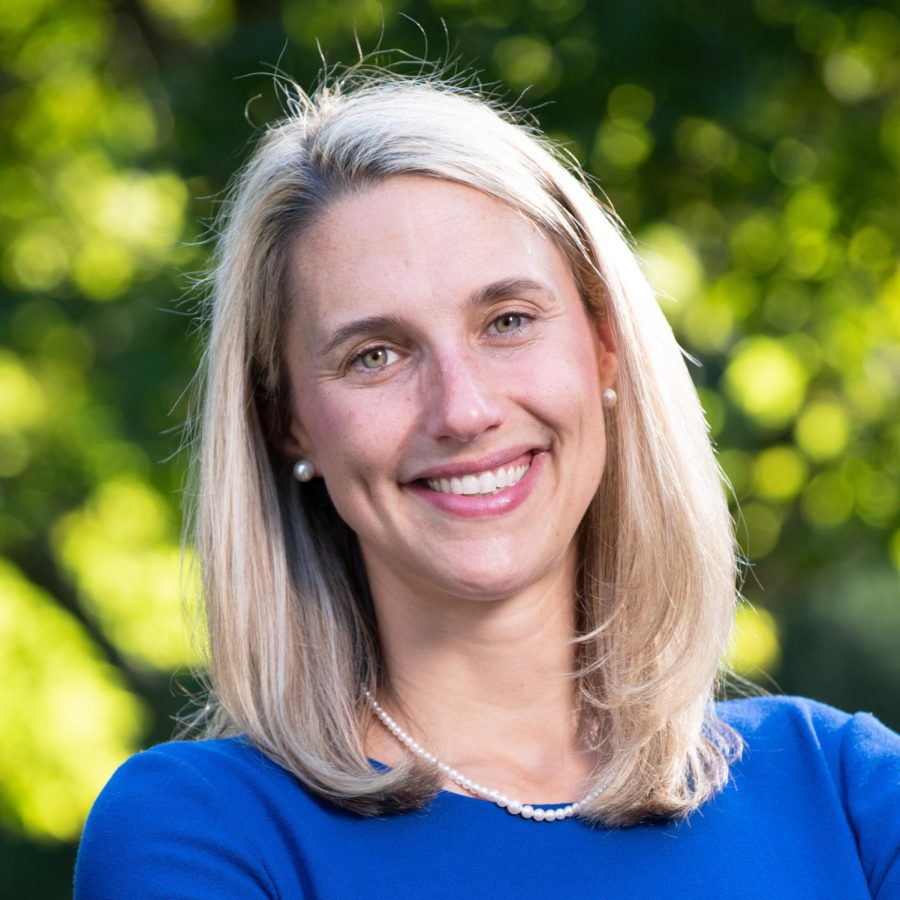At the end of October, Mrs. Erin Riley, Chair of the Art Department at GA, went to Stanford University in California to participate in the FabLearn Fellows conference, an event which included hearing from a series of speakers and sitting in on an educators panel focused on integrating maker spaces and “making” into K-12 education. She was selected to be one of eighteen fellows in this program out of applications from all over the globe.
The Maker Movement can be thought of as high-tech DIY. Makers pursue projects involving circuits, robotics, 3D printing, traditional arts and crafts, or a combination of any thereof. These are the kinds of people who build their own toasters, bicycles, and robots just because they can. The Stanford FabLearn Fellows are makers and teachers who are on the cutting edge of STEAM (Science, Technology, Engineering, Art, Mathematics) education.
The FabLearn Fellows program was created with the intention of supporting and encouraging making in schools. It focuses on “using FabLabs as a tool for students to do hands on learning.” Mrs. Riley explains: “There are Fablabs around the country, and associated with universities, but very few, at least at this point, in K-12 education.”
As part of the fellowship, Mrs. Riley writes blog posts and has monthly meetings with the other fellows over Skype. Together, they are creating resource guides to help anyone interested in creating a FabLab or learning more about maker education. By recording the lessons they learned through trial and error, they hope to make it easier for others to get started.
These guides, along with multiple curriculums, are called “constructables.” Fellows also serve on an advisory board to give further advice and information for people who have begun the process of starting and incorporating FabLabs.
In addition to reflecting on what they have already accomplished, the group is looking forward, talking about “the future, and where this movement (the maker movement) is going,” said Mrs. Riley.
“We are also performing the next steps, because [the research group running the fellowship] is very concerned about having strong data to support what they’re doing.” The group hopes to prove that “making” is the future of K-12 education.
With this in mind, the conference itself focused on “theory, research, and practice,” in the context of “maker education.” After presenting her paper on the creation of the FabLab at GA, Ms. Riley opened the floor to questions.
“People were very interested in the work we were doing on campus…we have this wonderful facility and are developing these programs and it’s becoming more embedded in the fabric of the school,” said Mrs. Riley. “We have STEM everywhere.”
“There is a lot of great happening here. We are in a very fortunate position. I left [the conference] feeling like GA is definitely in a great position,” she added.
Mrs. Riley’s next project is “how to make [the FabLab] accessible to students who want to just hang out and how to give larger access to students and faculty so they can develop their own projects.”
It will not be easy.
“The programs that we run here and the space will always be on the edge of technology, therefore we will always be tackling problems,” Mrs. Riley said.
The hope is that the material currently taught to upper school students will be taught to younger and younger kids, meaning by the time those students are in high school, their skill level will far exceed those of the current upper school students.
But maker education still has a ways to go. Right now, Mrs. Riley concludes, “it’s really about starting a conversation.”

